Species Photo Gallery for Bothriocera maculata No Common Name 7 |
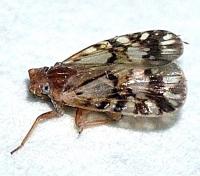 | Photo by: Paul Scharf
Warren Co.
Comment: Attracted to Light | 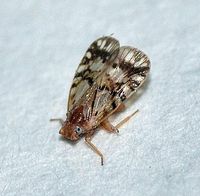 | Photo by: Paul Scharf
Warren Co.
Comment: Attracted to Light |
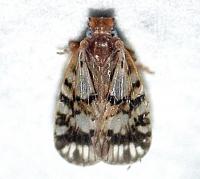 | Photo by: Paul Scharf
Warren Co.
Comment: Attracted to Light |  | Photo by: Kyle Kittelberger
Dare Co.
Comment: |
 | Photo by: Kyle Kittelberger, Brian Bockhahn, Paul Scharf
New Hanover Co.
Comment: marsh grass: black needlerush, spartina, etc. | 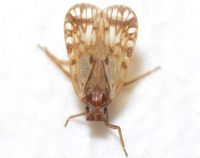 | Photo by: Kyle Kittelberger, Brian Bockhahn, Paul Scharf
New Hanover Co.
Comment: marsh grass: black needlerush, spartina, etc. |
 | Photo by: Kyle Kittelberger, Brian Bockhahn, Paul Scharf
New Hanover Co.
Comment: marsh grass: black needlerush, spartina, etc. |

 »
»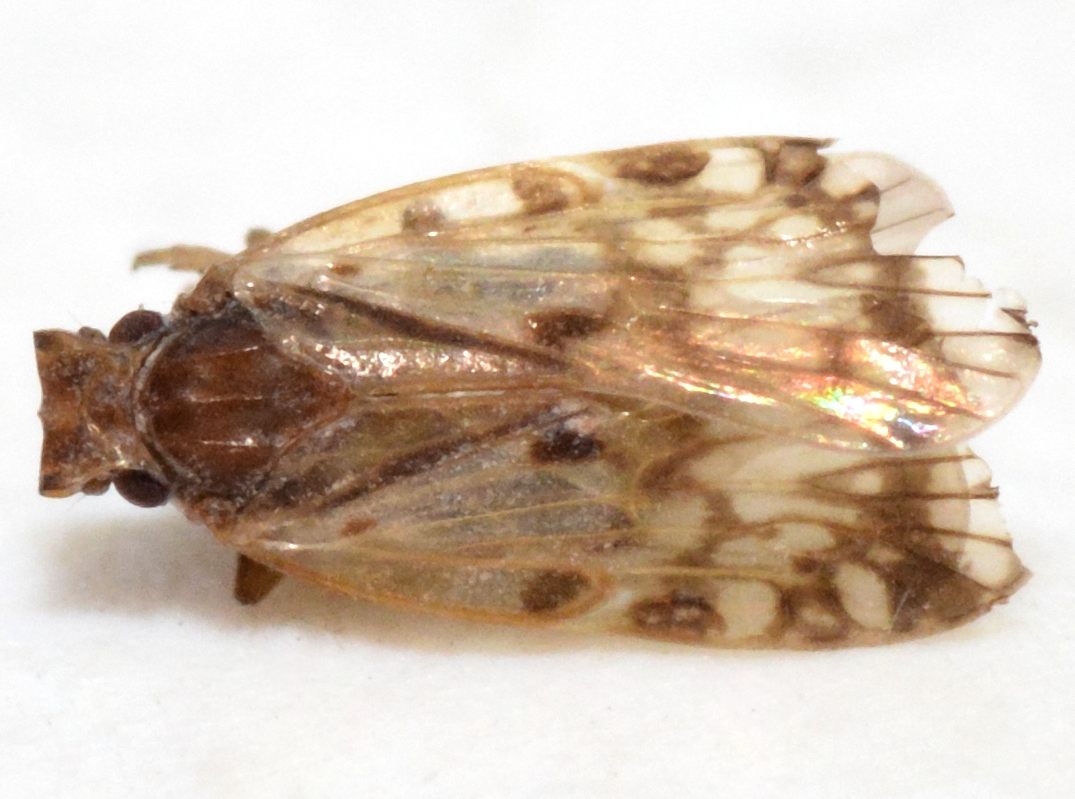

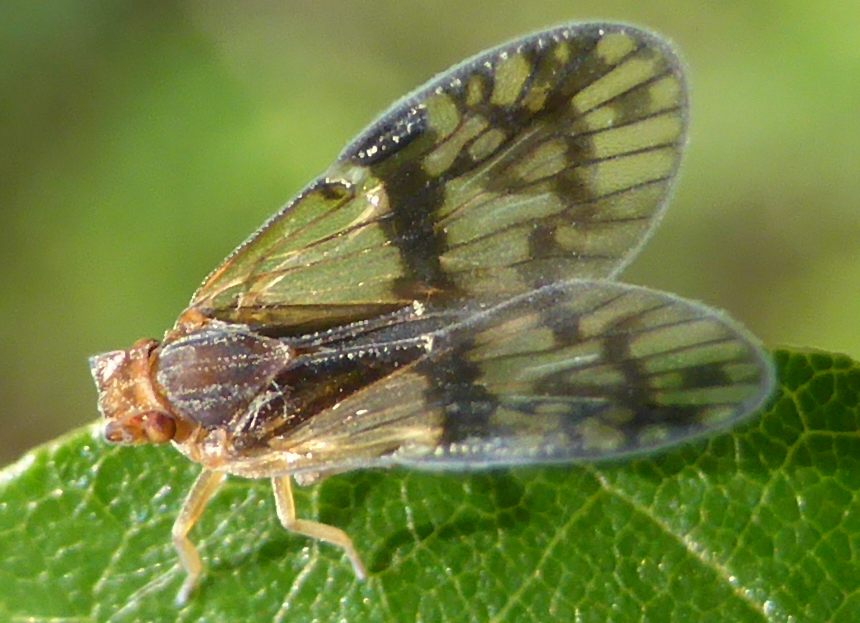

 »
»

